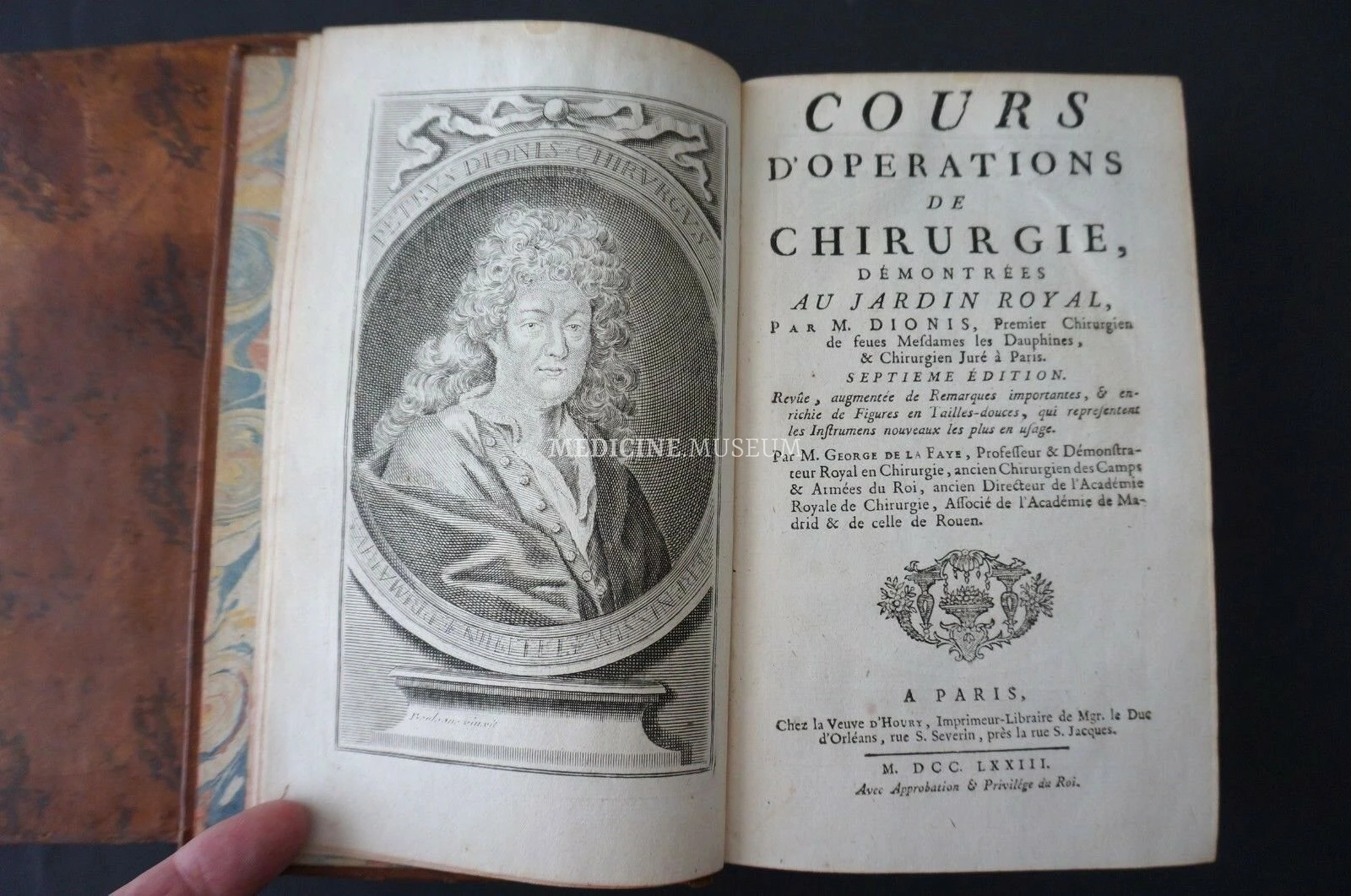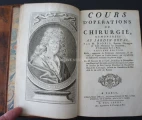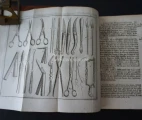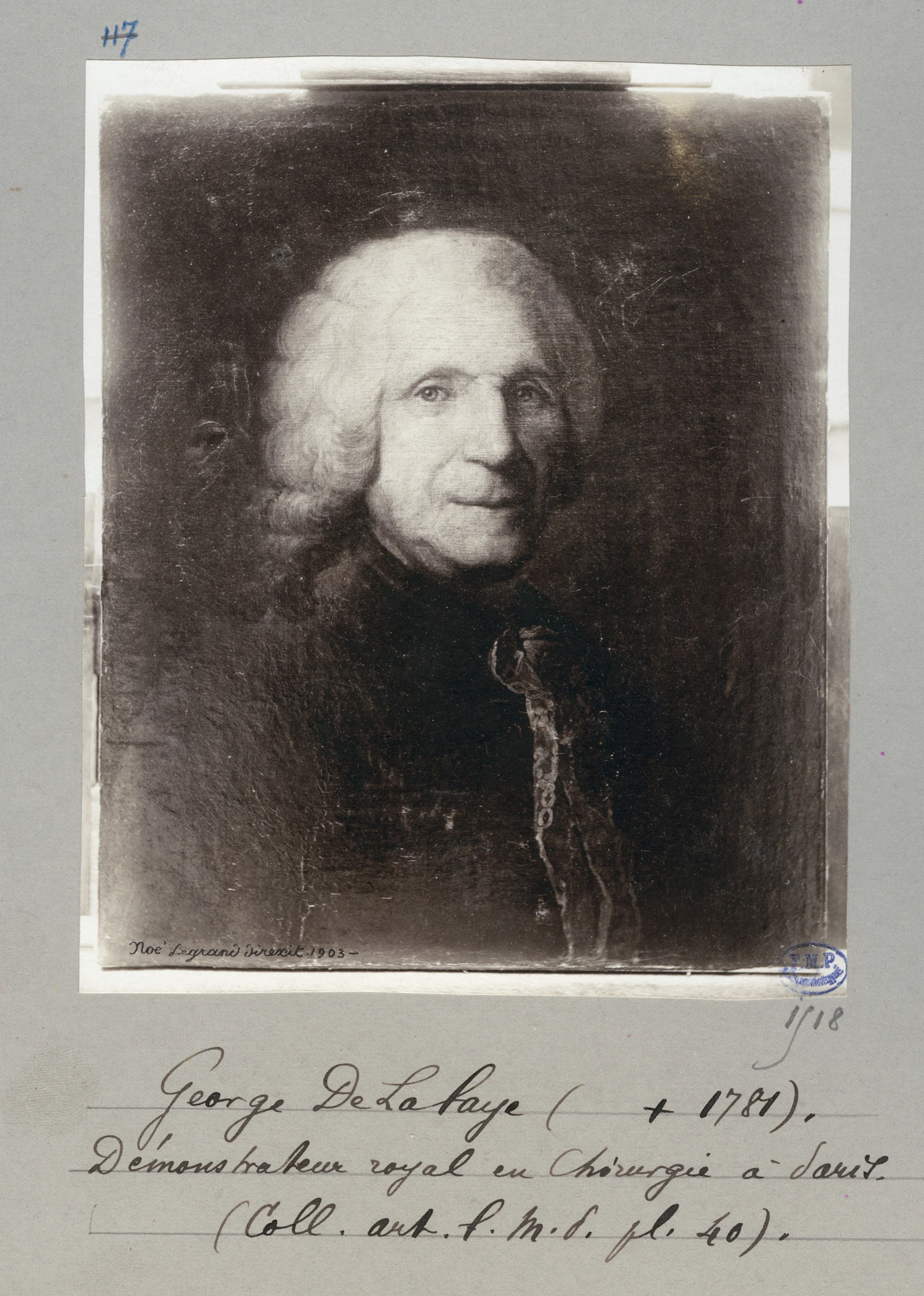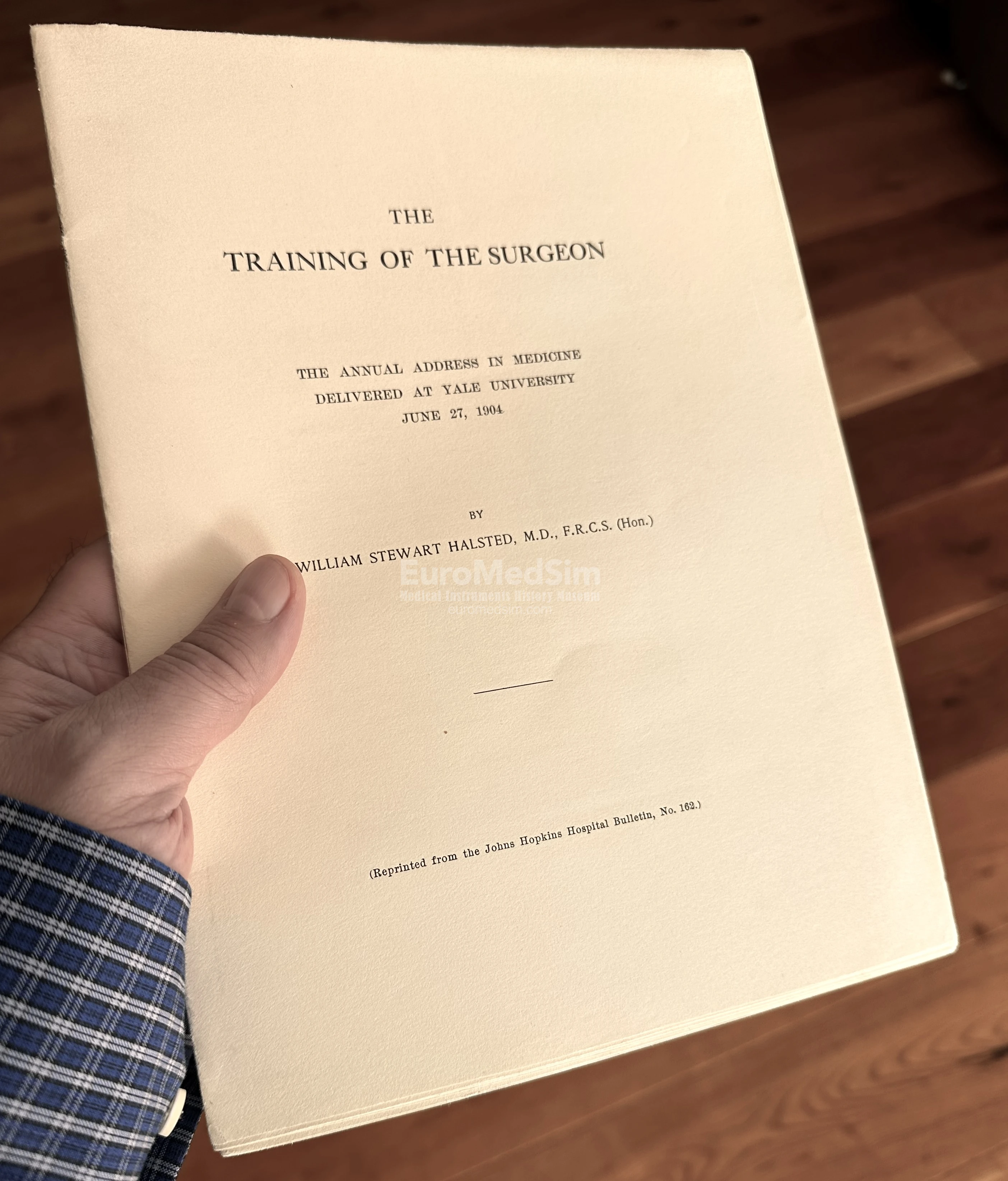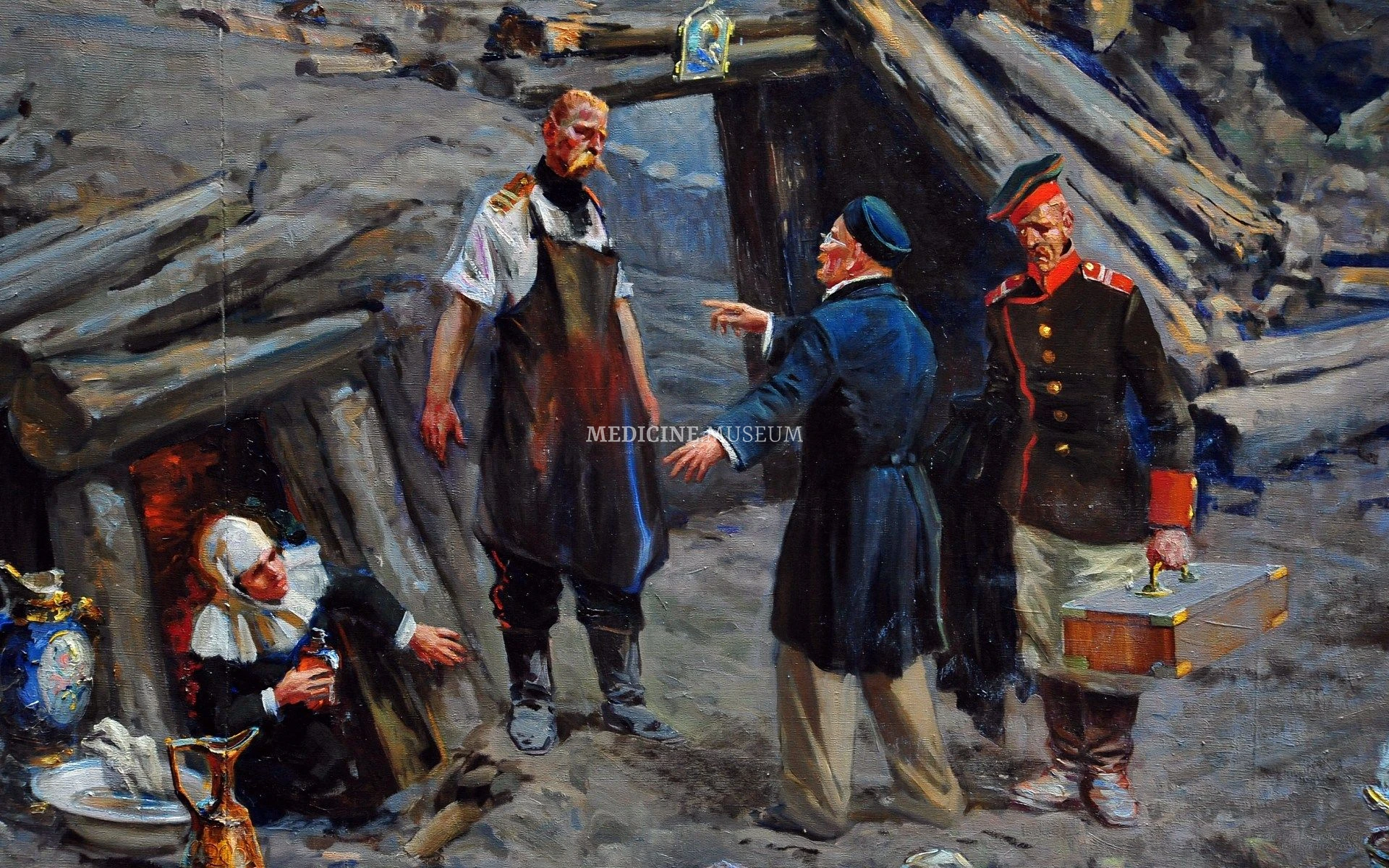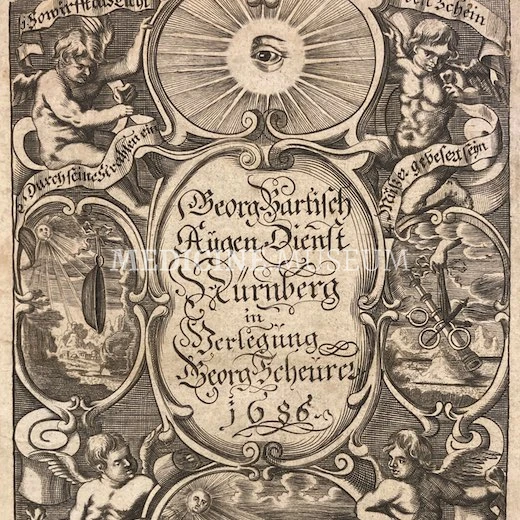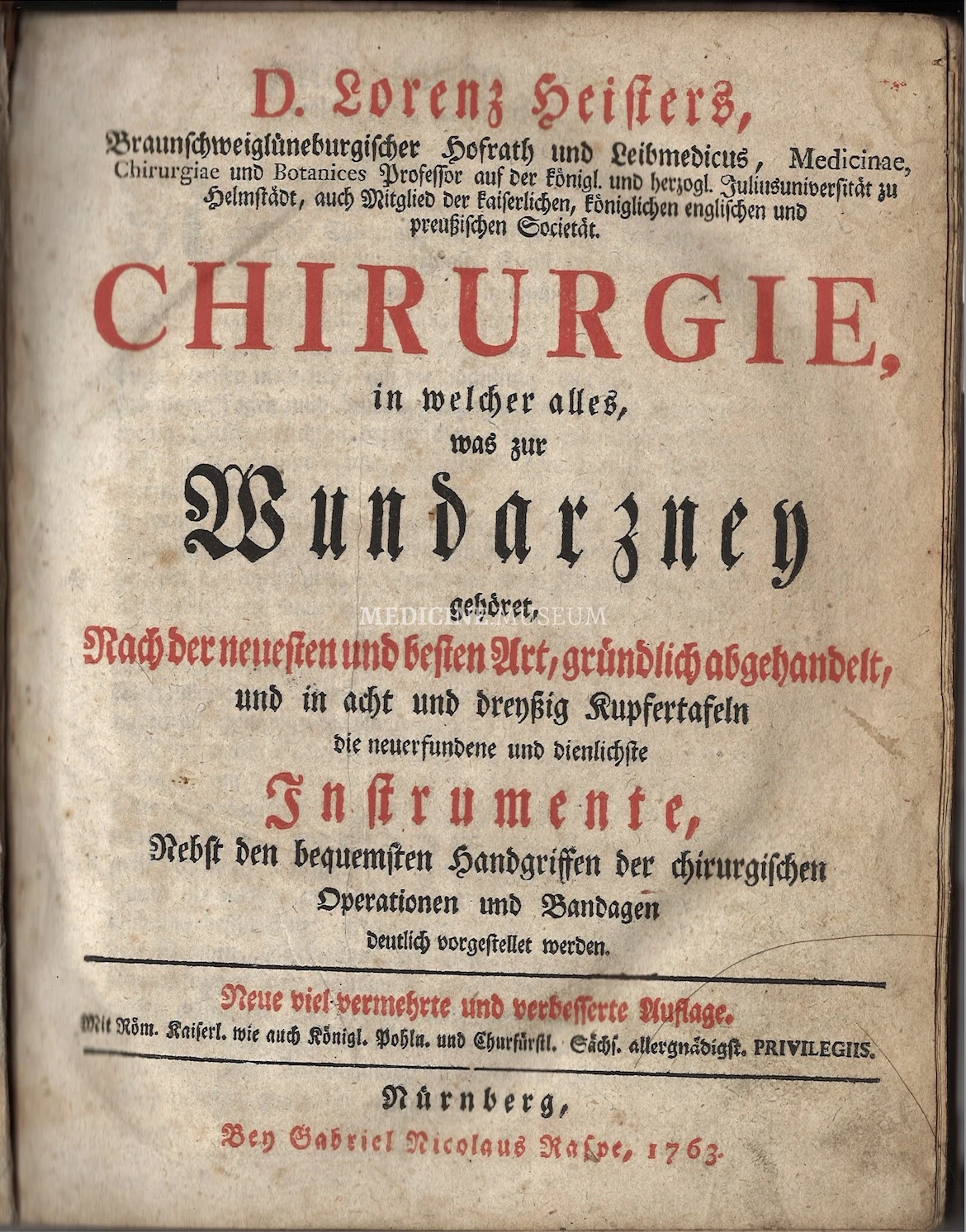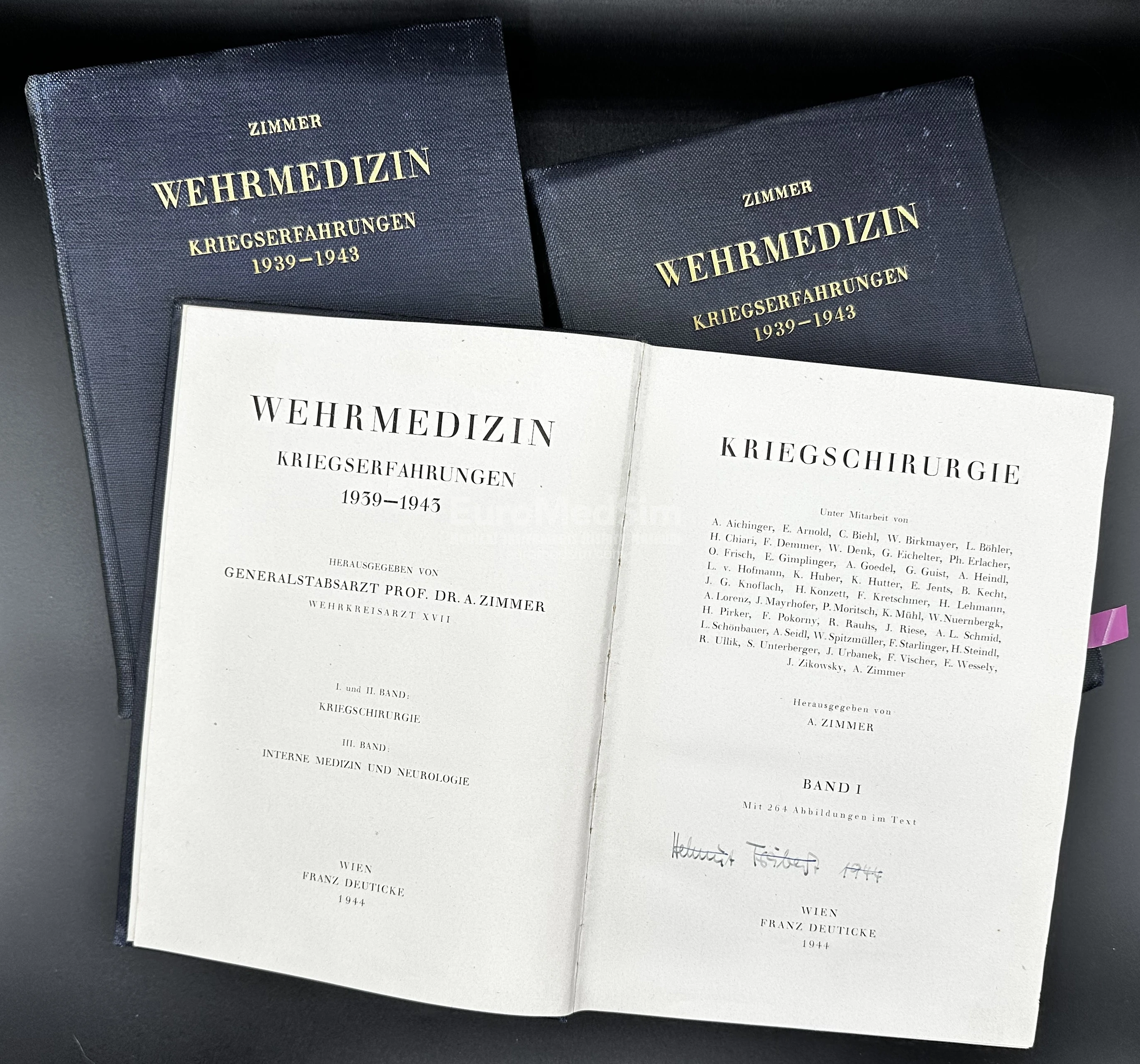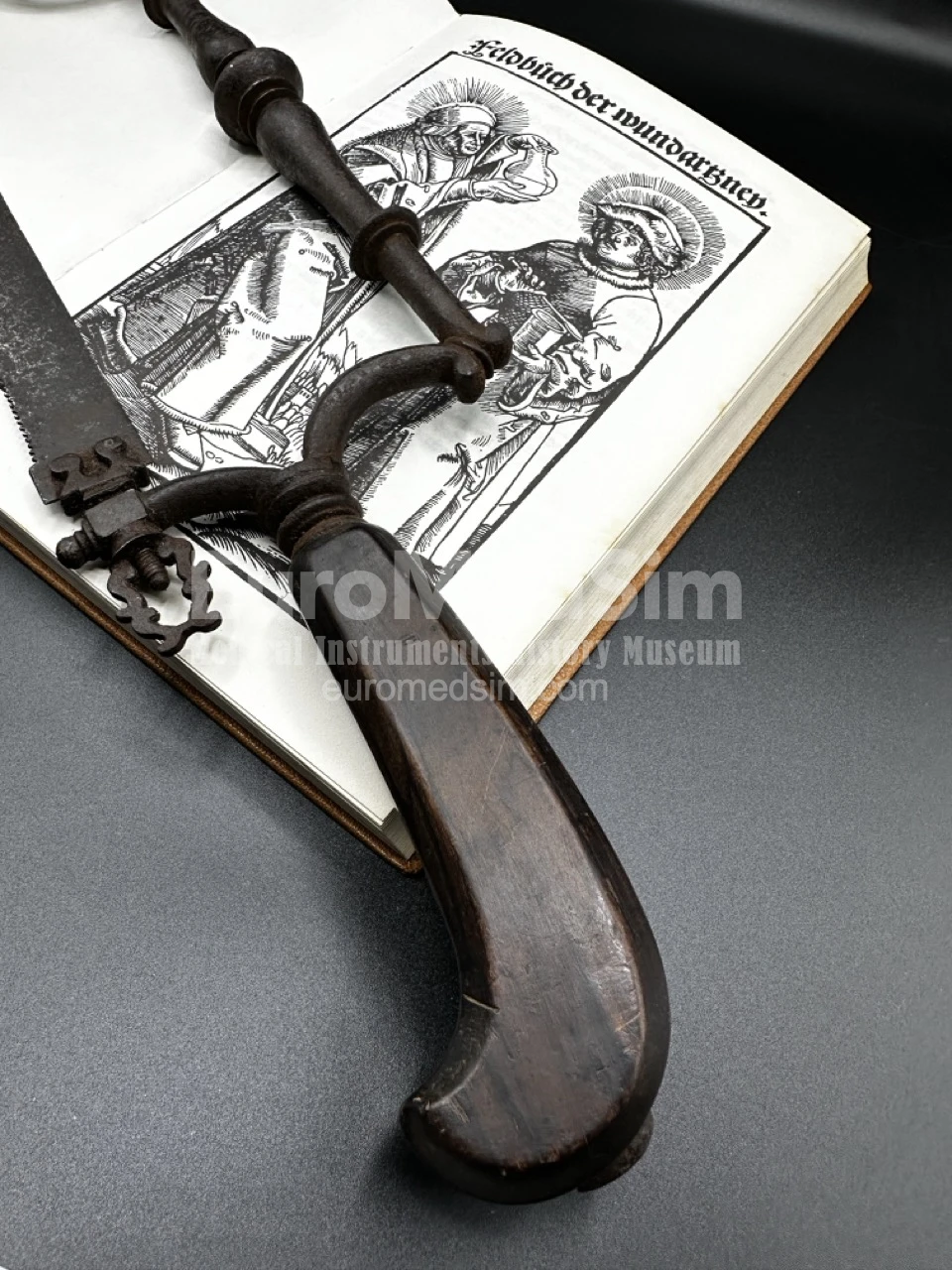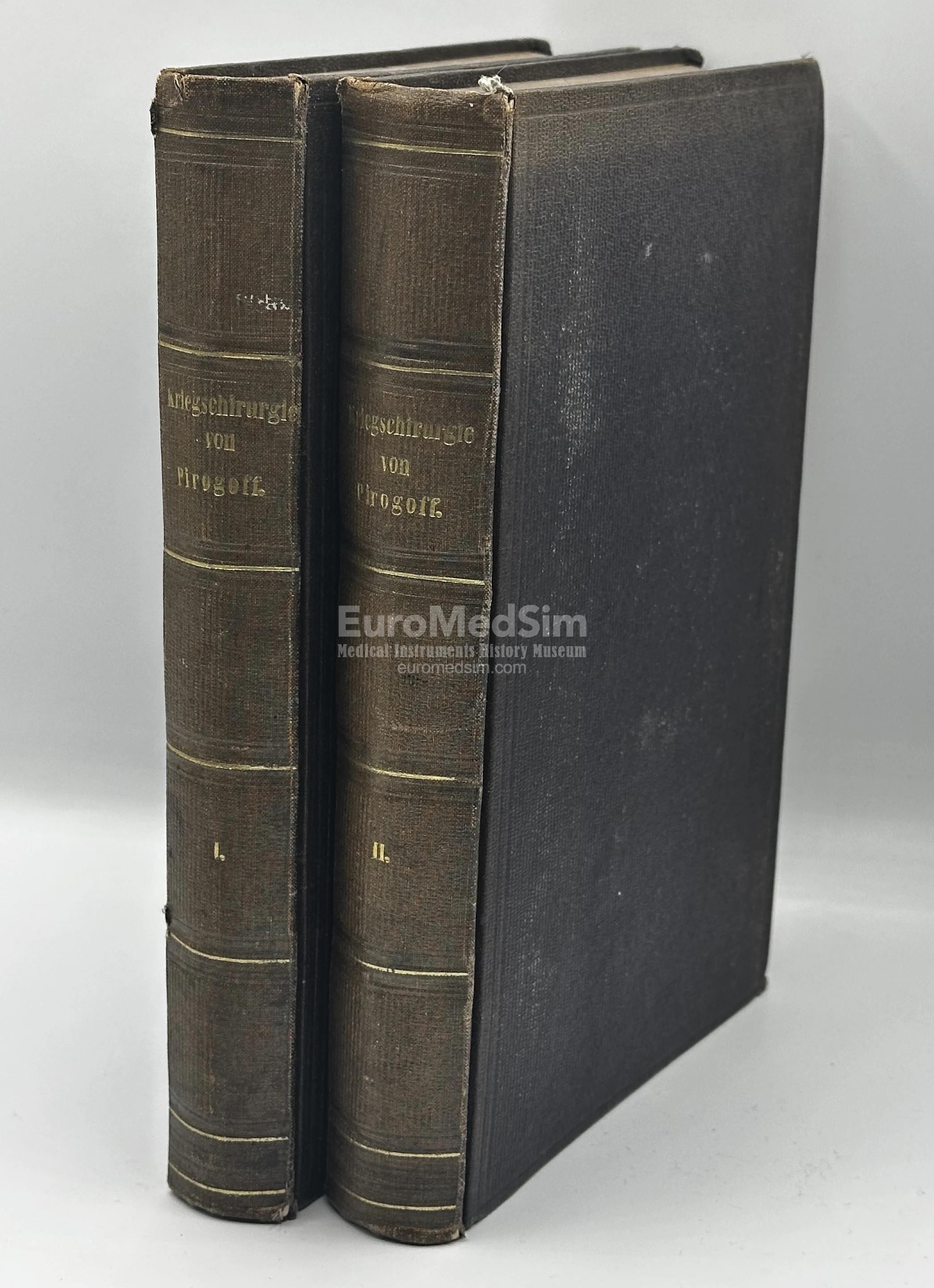Cours d'opérations de chirurgie démontrées au Jardin Royal par M Dionis... in 2 Vol.
Course of surgical operations demonstrated at the Royal Garden by Pierre Dionis, 1707
Cours d'opérations de chirurgie démontrées au Jardin Royal par M Dionis, Premier chirurgien de feues Mesdames les Dauphines et chirurgien Juré à Paris, en dix démonstrations (Course of surgical operations demonstrated at the Royal Garden by M Dionis, First surgeon to the late Mesdames les Dauphines and Sworn surgeon in Paris, in ten demonstrations). Published by the widow of Houry, printer and bookseller to Mr le Duc d'Orléans, rue St Séverin, near rue St Jacques. Paris, 1773.
Mention of seventh edition, revised, augmented with important remarks and enriched with figures in intaglio by Mr. George de la Faye, "professeur et démonstrateur Royal en chirurgie" complete in two volumes. A classic work on surgery, reprinted several times throughout the 18th century. Dionis' lessons cover the whole of operative medicine in ten demonstrations, from the lower abdomen to the head and eyes. Additional remarks by La Faye present discoveries made since the first edition, published in 1707.
Pierre Dionis was a notable French surgeon and anatomist in the late 17th and early 18th centuries. Dionis served as the premier surgeon to the Dauphines of France, a title indicating his primary responsibility to the wives of the heirs apparent to the French throne.
Born in 1643, Dionis was a significant figure in the development of surgery and anatomical studies in France. He was particularly renowned for his work in the field of obstetrics. His most famous work, Cours d'opérations de chirurgie (Course of Surgical Operations), published in 1707, was a comprehensive text that included descriptions of surgical techniques, anatomy, and the use of surgical instruments. This book was influential in the advancement of surgical knowledge and practices.
Dionis also held a position as a surgical educator at the Jardin du Roi in Paris, where he taught anatomy and surgery. His contributions to the field were significant in elevating surgery from a craft to a more respected and scientific discipline. His teachings and writings helped shape the practice of surgery in Europe during that period. Dionis' legacy in the medical field is marked by his commitment to education, his advancement of surgical techniques, and his influence on the professionalization of surgery.
Full-text PDF file of the similar book can be found at: https://gallica.bnf.fr/ark:/12148/bpt6k9774576j
Condition
Format 13.5 x 21 cm, contemporary full marbled calf binding with ornate spines xxvi pages + 920 pages + 4 pages approbations, blood-red edges, frontispiece portrait of the author plus fold-out plate of the Royal garden fifty-nine woodcuts in text, some fold-out. Upper covers torn, some rubbing to spine and boards, small old restoration to top of first cover of volume II, small cut at top of title page of volume II and brown stain at top end of first six pages, otherwise good condition, inside very fresh.
The first volume. Cat Nr.: EMS-B-121-0630-6. Pages 1-480 (numerated pages). Dimensions: 21,0 x 13,0 x 4,0 cm, weight 584 g.
The second volume. Cat. Nr.: EMS-B-121-0630-7. Pages from 481 to 923 (numerated). Dimensions: 21,0 x 13,0 x 3,5 cm, weight 496 g.
Footnote
In 18th century Paris, a "sworn surgeon," or "chirurgien juré," referred to a surgeon who had taken an official oath and was recognized by a professional surgical guild or the medical establishment of the time. This title signified a certain level of qualification, professional standing, and credibility.
During this period, the practice of medicine and surgery was undergoing significant changes, with a move towards more formalized training and regulation. In France, the distinction between barber-surgeons (who traditionally performed minor surgeries and dental work) and academically trained surgeons was becoming more pronounced. The latter group, who often received formal education and training, sought to elevate the status of surgery to be on par with that of physicians, who were typically university-educated.
Being a "sworn surgeon" meant that the individual had completed requisite training, had passed necessary examinations, and had been admitted into a recognized guild or college of surgeons. The oath they took often included pledges to uphold certain ethical standards, to practice according to the current medical knowledge, and to contribute to the advancement of the surgical field.
This recognition was crucial in a time when the medical field was not as uniformly regulated as it is today. It provided patients with a sense of assurance about the qualifications and expertise of the practitioner. For the surgeons themselves, it granted a degree of professional prestige and legitimacy, allowing them to practice their craft with greater authority and public trust.
